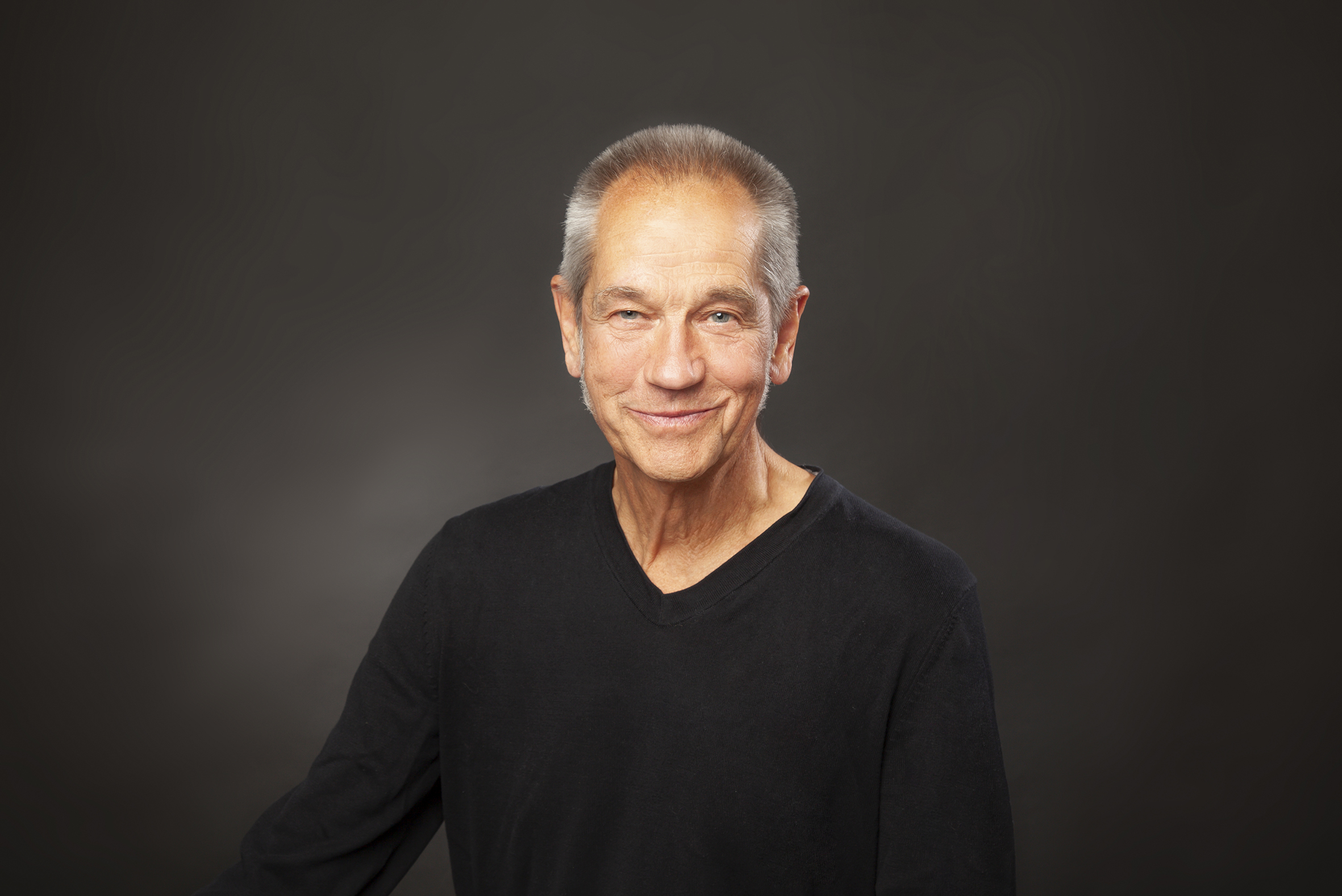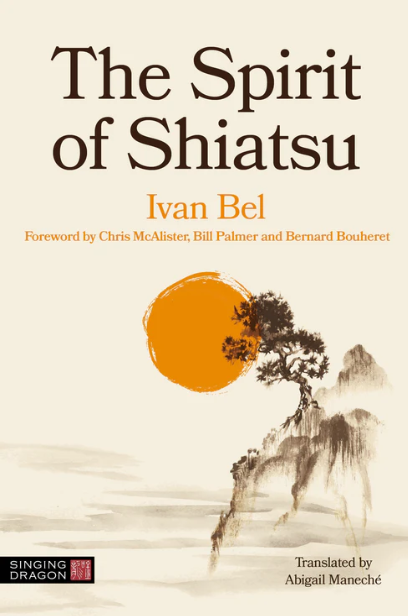Wilfried Rappenecker is one of the giants of European Shiatsu. His name is closely associated with German and Swiss Shiatsu, as well as with the enormous “Atlas of Shiatsu”, now in its 4th edition. A doctor by profession, he decided to leave everything to do nothing but Shiatsu, and then he had a vision: the development of European Shiatsu, which was necessarily different from that of Japan, must also be possible. So he created the European Shiatsu Congress, which over the years has become the biggest Shiatsu congress in Europe. Discover a man of Shiatsu (student, practitioner, teacher) who has done much for its development.
Ivan Bel: Dear Wilfried, thank you very much for taking your time to come to this interview. And as a start I would like very much that you tell me about your beginning in life.
Wilfried Rappenecker: I was born in the countryside close to Köln (Cologne). We were a family of eight children and I came number five. Later we moved to Köln itself, where I spent my youth and half of my studies in medicine. And then I lived in Berlin for 12 years, studying medicine and working in a hospital there. I finally ended in Hamburg where I’m still living. Between the age of 24 and 33 I travelled a lot, several times I was away for a whole year and on all continents. I also spent half a year in NYC to study Shiatsu with Ohashi there.
When you were student in medicine, what kind of speciality did you choose?
I specialized in general medicine and went through a special diploma for that, and I worked as such until the early nineties.
How started your adventure with Shiatsu?
Everything started when I travelled to California for holidays, in spring 1981. For a week I stayed at Esalen, a place on the pacific coast between L.A. and San Francisco that beside many other things gave birth to the Esalen massage. There I saw people giving massage on the sundeck above the pacific shore. That looked great! When I returned home I told a friend of mine “I want to learn massage”. It was because I wanted to touch. You know, in an intensive care unit, where I was working at that time, you never really touch the patients. We did touch them during examination and diagnosis, but not for taking care of them. We were calculating everything like nutrition, medication, artificial respiration and so on, but not being with them, no touch.
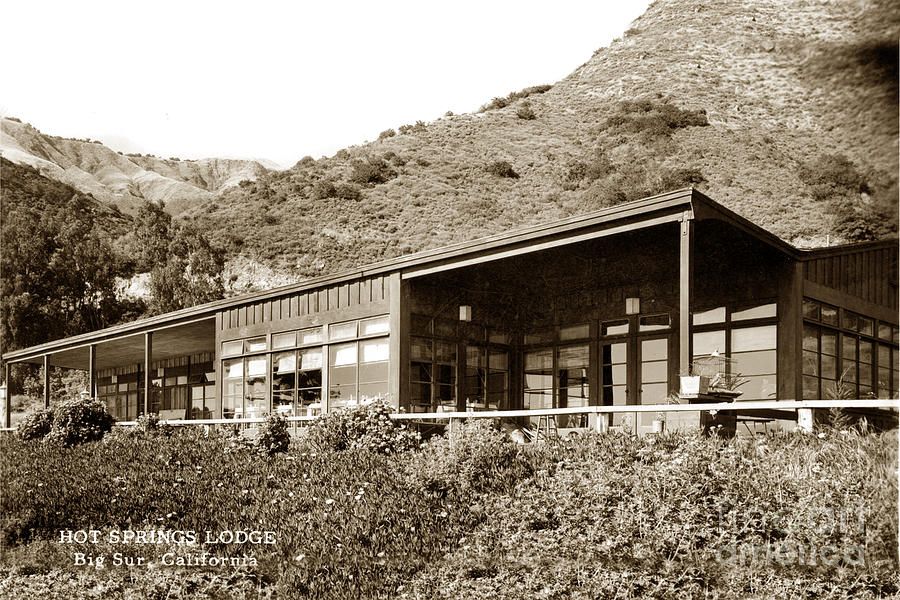
This friend was a journalist working in NYC quite often. When I told her that I wanted to learn massage she suggested “Well, do a course with that Japanese master we have in New-York; massage you can still learn after that”. So in Berlin in August 1981 I started with Ohashi himself (read the interview with Wataru Ohashi here). He came from New-York. It was a big class, something like 40 enthusiastic students. In the early 80’s that was something. After this course other friends told me “Now you’ve found a path for your whole life”. “Are you crazy?” I replied “I’m a medical doctor and I love my job”. I kept on working in a hospital, but 6 years later, in 1987, I decided to make Shiatsu my profession.

What happened to make you take this huge decision?
Well, you know, I just had to do it, it was something like a strong voice inside of me during those six years, a voice that worked in my mind every here and there until I was convinced of the importance of touch.
How long did you study with Ohashi Sensei?
From 1981 to 1984, in Berlin and in NYC, and then I invited him in Hamburg for a few of his workshops. Remember that we were in the early 80’s. Not many people knew about Shiatsu at the time. Ohashi had a strong influence on Shiatsu in the western countries, because many of the Shiatsu teachers of the 90s until now have gone through his training.
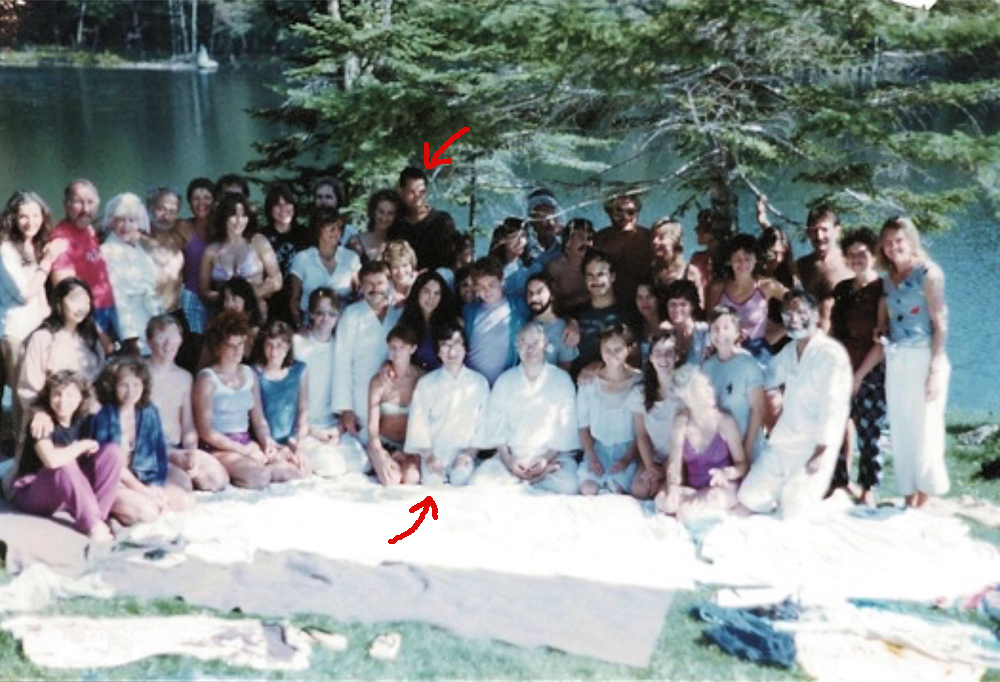
(C) W. Rappenecker
At the end of the training in NYC I thought that I still didn’t understand what was Shiatsu. So, I decided to continue my studies and that’s how I met my next teacher, Saul Goodman [i]. He was a former Ohashi student (as well as of Michio Kushi), and his training was pretty much the same as Ohashi’s training, but combined with macrobiotics. I learned a lot through studying with Saul, about food and how to deal with life… But clearly my interest was about Shiatsu in first place.
Just a second. You were in Hamburg, north of Germany and you went to Kiental in the middle of Switzerland? I calculate the distance between the two places, and there is more than a 1000 km. You weren’t afraid to hit the road. Why did you go there?
I just wanted to learn and understand more about Shiatsu. That is why I did this second training. There were not many Shiatsu schools in Europe at that time. Later I taught anatomy, physiology and pathology at the Kiental School of Shiatsu, until Saul asked me to become a Shiatsu teacher and give Shiatsu classes there.
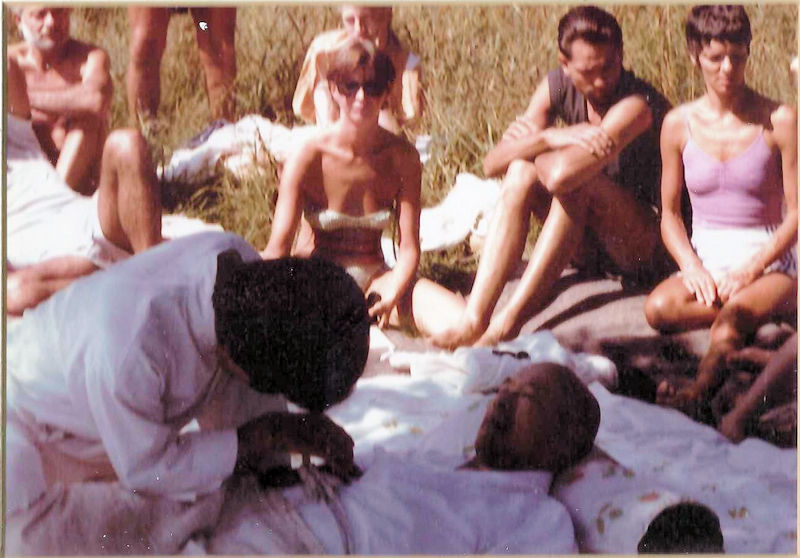
So, you were a fresh young man in the Shiatsu in Hamburg. What did you do then?
I opened a Shiatsu school in Hamburg. I do remember well, it was the Friday 30th of February 1987, a full moon evening. It’s true, I’ve checked it later (laughs). This school had two branches, one in Hamburg, the other was one in Berlin, run by Elli Mann-Langhof. However the Berlin branch soon closed down. In Hamburg over the years the school grew and grew and is still active now.
How did the International Shiatsu School in Kiental come about? Was it Saul Goodman’s idea?
Well, not quite. In fact, it’s the baby of the Kientalerhof team, which at that time was entirely dedicated to macrobiotics. It was a bunch of people that in 1985 founded Kientalerhof as a macrobiotic institute. One of these people was Mario Benetti, who is still active at Kientalerhof. You know, Shiatsu was particularly popular in macrobiotic circles in the 70s, 80s and early 90s[ii]. They invited Saul Goodman to start a Shiatsu training in Kiental, which he did together with many other teachers like Ray Ridolfi and others.
Can you tell me more about Mario Benetti please?
He was a macrobiotic partisan, and still is in a certain way. He and this bunch of people decided to buy an old hotel, Kientalerhof, and run it in order to organise workshops in the middle of the Swiss mountains. You know, it is very difficult to run such a project financially successfully. In fact, the place went bankrupt twice. Every time Mario restarted the adventure and made it bigger than before. Without him, the place wouldn’t exist at all. And it’s fantastic because, as you’ve seen, the place is amazingly beautiful.
I love to be there. Since 1986, I travelled to Kiental 3 or 4 times a year. After I became director of the Kiental school it was up to 7 times a year that I went there. So, for the people who have learnt Shiatsu here, they must have the impression that I’ve always been there, part of the walls.
What was exactly your idea behind the creation of the European Shiatsu Congress?
In the year 2000 I was at the Shiatsu symposium in Berlin with 5 Japanese masters. At the end of this symposium I thought that now the Europeans teachers should gather and show what they have to offer to the Shiatsu world. I suggested a European Shiatsu Congress to Mario Benetti and he immediately accepted the idea. And that’s how the ESC started in 2004.
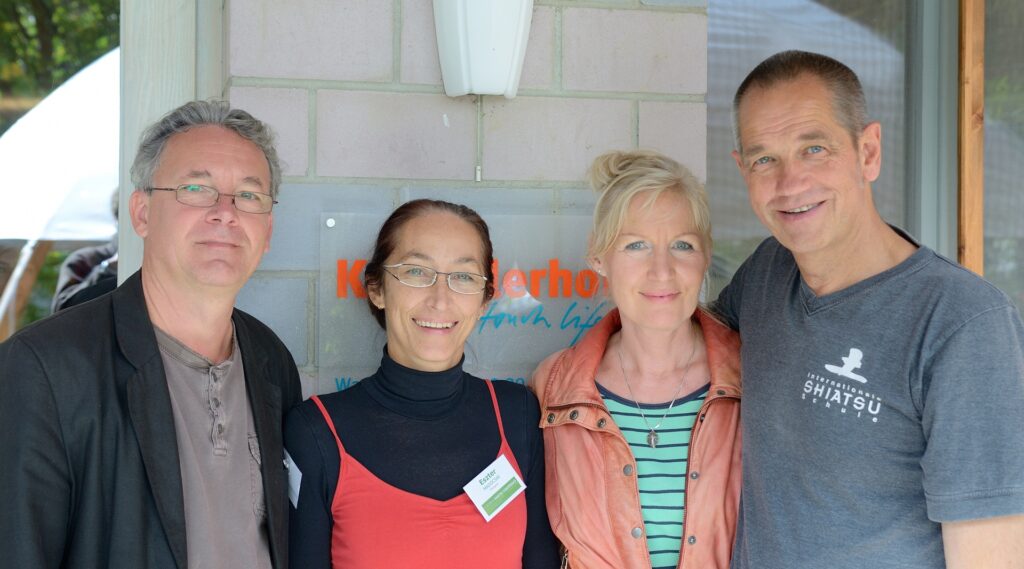
Why did you want to promote Europeans teachers?
At that time in the early 2000s, European Shiatsu was not connected as it is nowadays and there wasn’t much knowledge about the Shiatsu situation in the others countries. At the Berlin symposium, everybody was looking at the Japanese masters and saying that they were great, and indeed, they were. But hardly anyone seemed to see the strength and the experience of us Europeans in Shiatsu. Shiatsu was introduced in the 70s, so 30 years before the symposium. At the symposium there were participants practicing Shiatsu for 20, 25 or even 30 years, but the Japanese fed us with beginners’ Shiatsu only – as Japanese Senseis traditionally do.
Of course, a few of European teachers and practitioners already had reached an international level, like Cliff Andrews [iii], Carola Beresford-Cook, Bill Palmer or Chris Jarmey [iv] for example. But it was only a few. For me, the main obstacle in developing a European understanding of Shiatsu was due to the fact that we were too much up to the Japanese. At that time practitioners and also many teachers where not self-confident enough to further develop their Shiatsu in their own way. To my understanding an esoteric feeling of “Shiatsu is wonderful” was not enough anymore; the therapeutic potential of Shiatsu was waiting for being developed in a creative way. Such a development not only had to follow our Japanese teachers, but find a new European way, that is different from the Japanese way. For this goal it seemed to be necessary that Europeans communicate much more directly with each other and not indirectly via their Japanese or American teachers.
These were the main reasons why I decided to start these European Congresses, and in the first 4 ESC did not invite Japanese or Americans teachers. This is not meant against our teachers from abroad, not at all. We just needed our own space to develop the courage to walk our own European path.
When I was a young student in Shiatsu in France at the end of the 90s, I always heard that if we wanted to have a good Shiatsu education we should go to Japan or to Germany. You were considered at the top of the European Shiatsu at that moment.
I’m not so sure, frankly. The main development in European Shiatsu at that time took place in the UK. For many years teachers and schools there were more advanced in Shiatsu than in other countries in Europe. Later things started to change, though.
One minute ago, you were talking about the European way of doing Shiatsu. What does that mean and what is its strength of this European Shiatsu?
Well, you can see now that the 7th European Shiatsu Congress took place in Kiental, how many great teachers we have here in Europe, and that the understanding and interpretation of Shiatsu in Europe has developed considerably. I think that the ESC played an important role in this movement, by bringing people together, and thus support communicating among each other, also across national borders.
This European Shiatsu is developing in different directions, which is very interesting to watch. Some are very conservative, primarily oriented towards Japan. Others are more open to develop their own sensibility, trying to find what is right to them. Obviously, compared to the Japanese Europeans work differently, think differently, deal with emotions or pain in a different way, and have a different approach to life. So, it’s completely normal that they do not act like and feel like Japanese. Then it’s natural that their understanding and practice of Shiatsu must be different, too.
That development took place and still takes place right now. As for example, we develop new technical approaches in Shiatsu, we are looking deeper into the relationship between giver and receiver from a western point of view, exploring the nature of intuitive work, and how to treat trauma with Shiatsu and so on. Now, we can speak about what Europe has to offer to the Shiatsu world.
But don’t you think that we are going too far from the Japanese roots? Some masters say that they don’t recognize Shiatsu anymore.
Some of them say that indeed, but others say that we have definitely something new to offer. So you can hear both. And, of course, our Shiatsu is different. I gave a treatment to Kobayashi Sensei, a senior teacher of the Namikoshi school, he was 75 years old at that time, and after the treatment he told me “I don’t know what this was, but it was very good”.
I had this conversation with teachers of Namikoshi Shiatsu school of Tokyo, and they told me that they like very much to come to Europe to look the evolution. At one point I’m sure that we will have some exchanges about that. But let’s move to another subject. You are the author of quite a few books and among them the most famous is the Shiatsu Atlas. I know that to write a book is a big adventure, but yours is a thick one. Tell me how it went.
First of all it is important that I’m not the sole author of the Atlas of Shiatsu. I wrote it together with Meike Kockrick, a senior teacher of our School for Shiatsu in Hamburg. I had asked Meike to support me in this project, because it felt a little too big for me alone, and also I needed someone to discuss all the details. I decided to start the Atlas after I had been teaching Masunaga’s meridian flows for about 14 years in different schools. I did not want to lose all the material I developed over the years for this teaching and in a way save it in such a book. It’s been a three years’ intensive work together with Meike. And with the publisher, of course, especially about the illustrations. In the first edition of 2008 there were many errors. Fortunately, the readers informed us and thus helped us to correct these mistakes. Now we are at the 4th edition, and now it is a very good Atlas of Shiatsu.
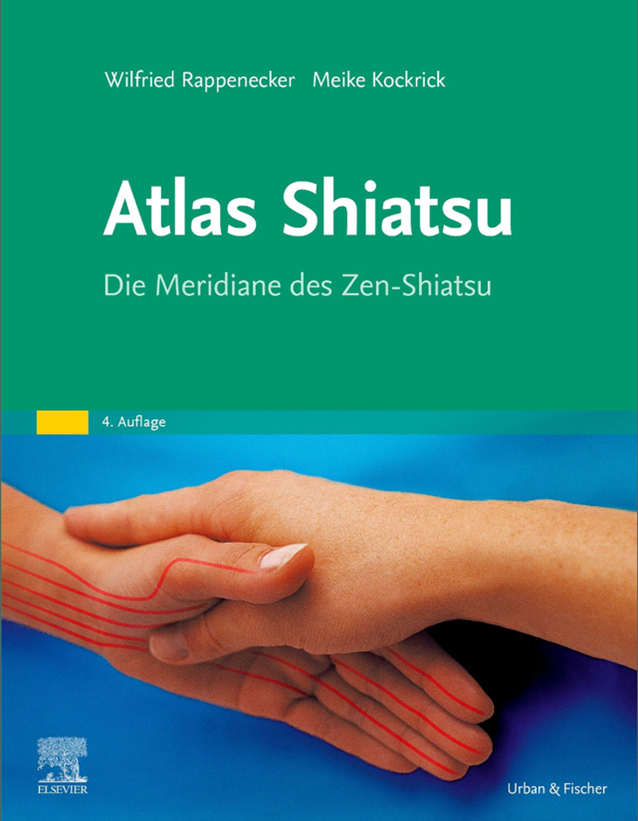
However, one thing we were disappointed about. In the foreword we expressed our wish to have a lively and fruitful discussion about the contents of the atlas. But nobody ever approached us and no discussion took place at all. You know, when you write such an Atlas, you have to decide where precisely to put the meridians, especially Masunaga’s extensions. Masunaga never completed his work, so we don’t know for sure where he located them. He never described them precisely, and that is why quite often there are different options. We had to decide by following the Masunaga chart but also our own experience.
For me it’s very important that we talk freely and openly about how we see Shiatsu and meridians and also where we disagree or think differently from others. Not to criticise the others, there is no point in doing so, but to be sure that we are able to see and accept different views.
It’s very interesting that you call for discussion because your book, maybe with the one of Carola Beresford-Cooke, are the two major ones in Europe. Not everybody is open to talk about their work. I hope you will receive emails after that interview. Tell me, as a doctor, do you think that Shiatsu is mature enough to collaborate with the medical world?
Yes, I believe Shiatsu is ready. However, I don’t think medicine has discovered Shiatsu yet. Shiatsu has something to offer to medicine, but it’s very difficult to get a foot in the door, that will allow us to apply Shiatsu in hospitals for example, and doctors can see the positive effect of Shiatsu in healing processes. I hope that for the future, this will happen, that we will have a chance to prove that Shiatsu not only supports healthy persons, but also sick ones. Shiatsu supports the healing after surgery, accident or patients suffering from cancer or other serious disease, to deal with medical treatment like radiation or help patients finding a way out of a psychological crisis. Shiatsu has so much to offer.
To move in that direction we need studies, because otherwise medicine and our societies won’t take notice of us. For that we need to raise money and that is another difficulty.
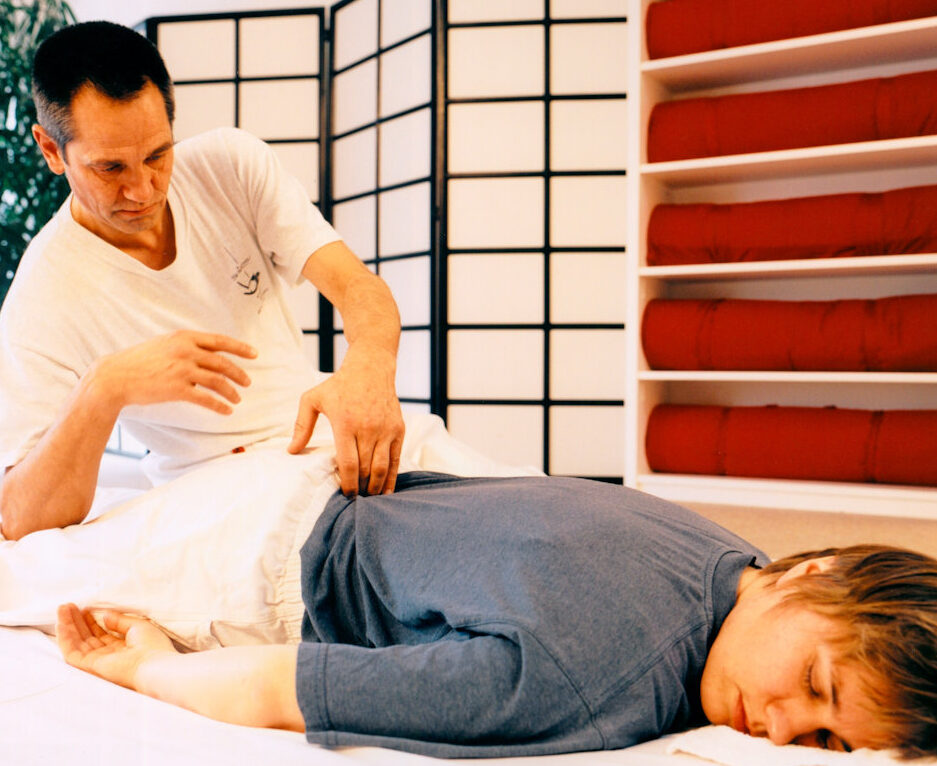
From your long experience, how do you see the place of Shiatsu in today’s world?
Well, for those who know it, it’s a great tool for everyday life, for the ones who are in a difficult life situation, but also for people who are feeling great. We can work with clients ranging from people who are completely healthy to people who are seriously ill. We can support all of them in many different ways. Another example: in schools, among all other activities Shiatsu should be offered. The experiences with Shiatsu in schools show that it helps the kids a lot to be quieter, more social etc. – not only for kids showing signs of HDHD. It’s such a powerful tool for so many different situations in life if we know how to play it right. It takes years of studies and practice to understand and see its potential. That is the difficulty. I very much hope that in future we go further in our own development and become more and more recognised by medicine and society.
What is needed now are practitioners who are willing to put a lot of energy into giving our work a more and more professional framework. This is what s especially needed in Germany right now. Where are the teachers, practitioners and students who dare to stand up, show themselves and drive development forward powerfully? Maybe Switzerland, where since 2015 Shiatsu is state-recognised as complementary therapy, can be an example for us.
Thank you very much. It has been a pleasure and thoughtful discussion. Hope we can meet again soon.
It was my pleasure too.
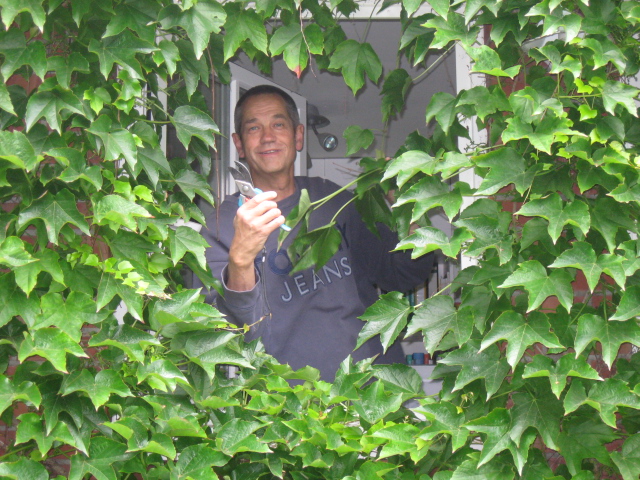
Notes
- [i] Saul Goodman is one of the most famous American Shiatsu teachers. He founded the International Shiatsu School, taught Shiatsu and Shin Tai bodywork. Among others he is the author of “The book of Shiatsu”.
- [ii] Macrobiotic was founded by George Ohsawa. He was interested in Shiatsu and the convergence of the techniques was achieved in particular through the work of Shizuko Yamamoto and Michio Kushi. Macrobiotics was one of the main driving forces behind the spread of Shiatsu throughout the West.
- [iii] Cliff Andrews was also one of the first and most influential European teachers to spread Shiatsu throughout the continent, as well as in Australia and the USA. A student of Pauline Sasaki, he founded the UK Shiatsu College and the Zen Shiatsu Chicago Faculty.
- [iv] Chris Jarmey is an internationally renowned teacher and the schools founder, studied directly with Pauline Sasaki before setting up the European Shiatsu School in 1985. Although he has now passed away many of our current teachers studied with him directly and benefitted from his expertise. He has written many, well respected texts on Shiatsu, Qi Gong and anatomy.
Author
- A Milestone: The 2025 ESF Symposium in Brussels - 24 March 2025
- Austria – 19-21 Sept. 25: Shiatsu Summit in Vienna – chronic fatigue, burnout & depression - 19 December 2024
- Terésa Hadland interview: Shiatsu at core - 25 November 2024
- Book review: “Another self” by Cindy Engel - 30 September 2024
- Austria – 24-26 Oct. 25: Master Class in Vienna – Shiatsu and martial arts - 20 August 2024
- France – Lembrun Summer Intensive Course – July 6 to 12, 2025: Digestive System Disorders, Advanced Organ Anatomy, and Nutrition - 4 August 2024
